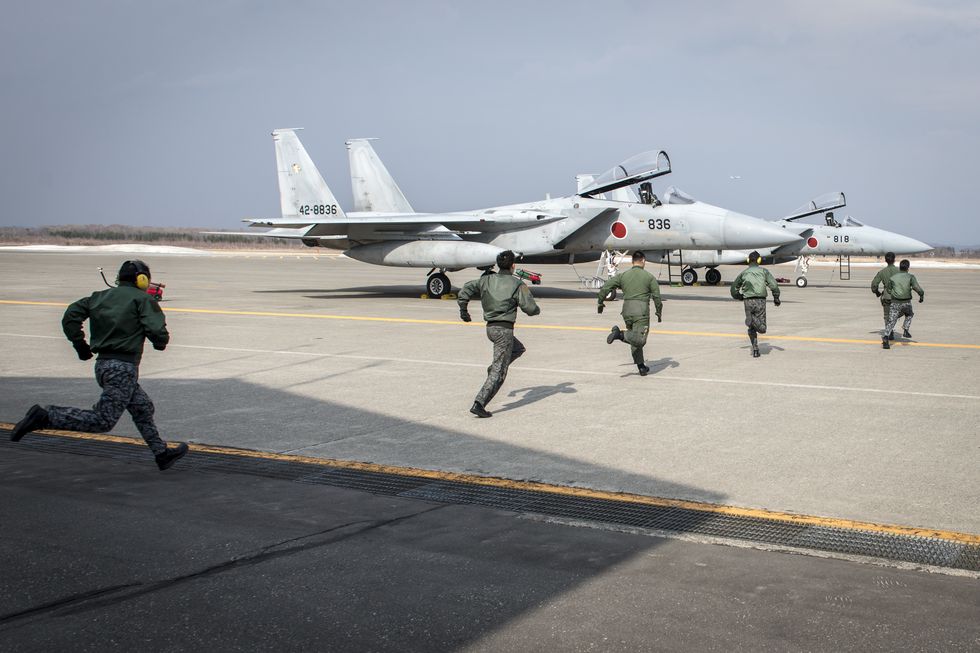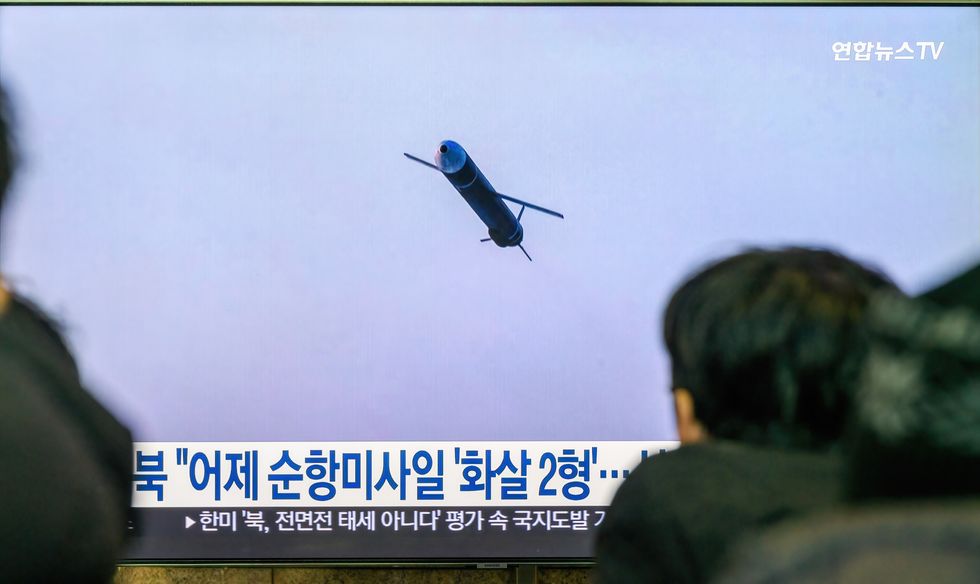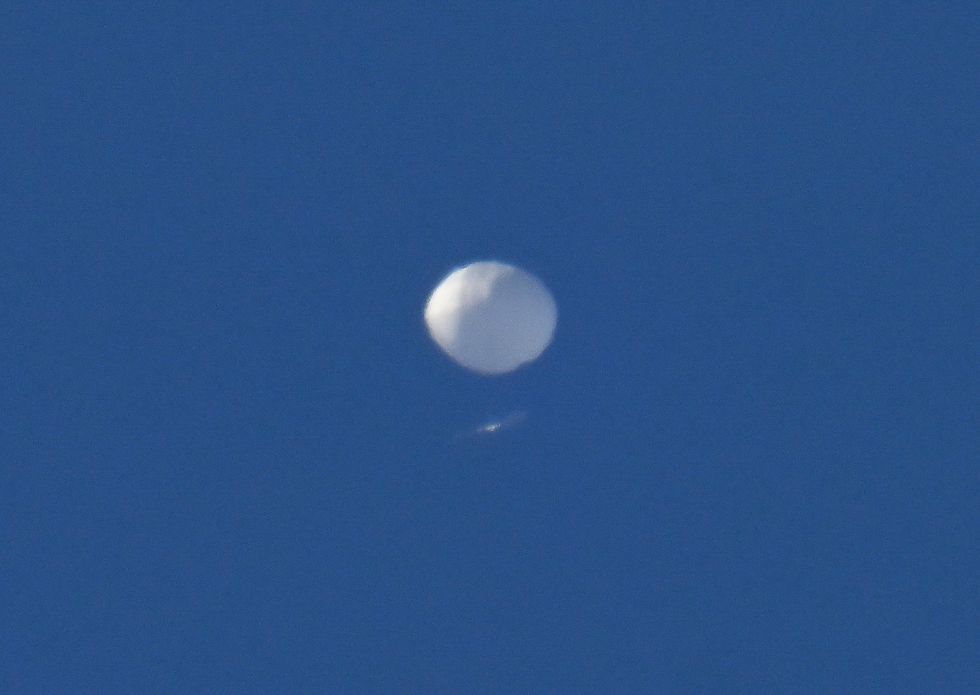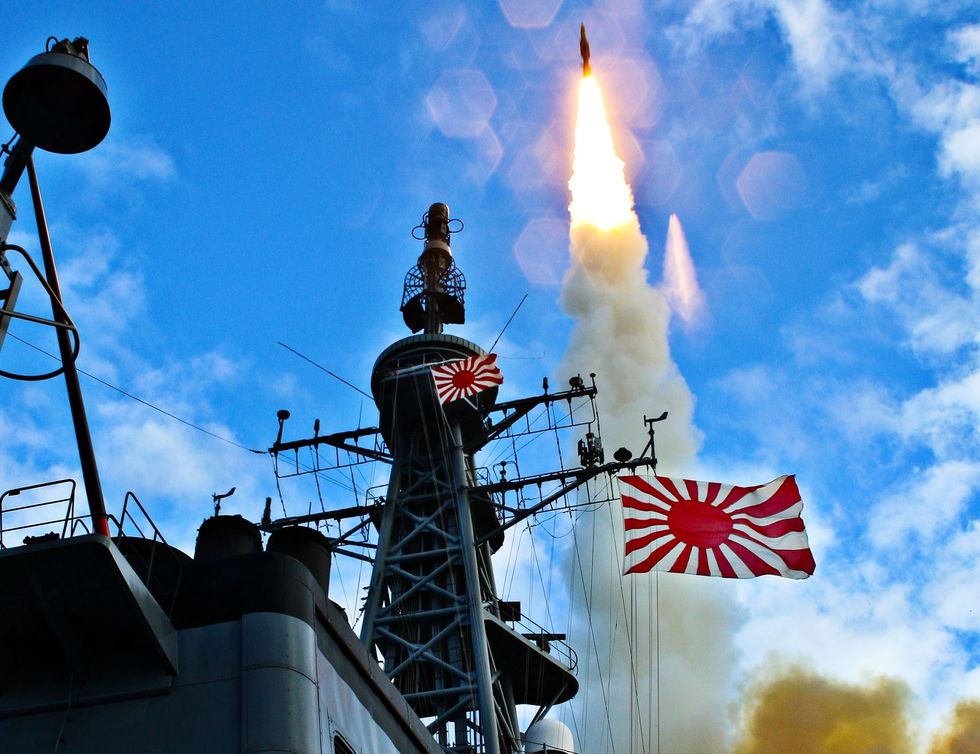UFOs Are Invading Japan’s Airspace—and Authorities Are Digging Deep to Find the Truth
- Japanese lawmakers will investigate sightings of so-called Unidentified Aerial Phenomena (UAP) taking place in the skies over Japan.
- Japan is following the U.S. lead of conducting a government-level investigation into sightings.
- The concern is that the sightings may be of Chinese aircraft intruding into Japanese airspace.
Members of the Japanese government will investigate recent sightings of unidentified aerial phenomena (UAP), to determine if the sightings are credible. The group will work to determine if the spotted craft are in any way a threat to Japan’s security.
While the Japanese group is open to exploring all sightings, their focus is very much on the possibility of earthbound threats, especially from neighboring China, rather than extraterrestrial ones.
A High-Level Effort
According to Jiji Press, the group consists of approximately 80 Japanese lawmakers, including the ruling Liberal Democratic Party’s parliamentary affairs leader, and three former defense ministers. The group, mostly drawn from Japan’s legislative body, or Diet, believes the UAP phenomenon is under-scrutinized by the government, especially in light of recent sightings of unidentified objects in and around Japan.
The as-yet-untitled group has decided to include the term “unidentified anomalous phenomena” in its name. “UAP” is a term recently promulgated by the U.S. Department of Defense to differentiate its own investigative effort from past efforts to study unidentified flying objects, or UFOs, which have strong associations with flying saucers and possible extraterrestrial sightings.
So far, the group lacks any direct government or agency support, like the Ministry of Defense or the Japan Aerospace Exploration Agency (JAXA), the Japanese equivalent of NASA. That said, as lawmakers, the investigators can approve spending to involve those agencies in UAP analyses.
A New Threat?
Like most countries, Japan has traditionally not paid a lot of attention to UFO sightings. A number of factors have boosted awareness of UAPs: a number of high-profile sightings reported by U.S. military pilots, radar operators, and other personnel; the development of unmanned aerial vehicles, or drones; and China’s use of balloons to collect intelligence regarding foreign countries.
The broad concern is that China or Russia could be behind the sightings. The greatest concern is that either country might have experienced a technological breakthrough that allows its aircraft to conduct aerial maneuvers that are impossible by today’s standards. In 2004, for example Navy personnel reported monitoring craft that could fly up to 7,200 miles an hour, faster than the fastest-known aircraft, and quickly changing altitude, going from 20,000 feet to 80,000 feet in a matter of moments. Any military aircraft capable of such maneuvers would have a decisive advantage over an American or Japanese aircraft.
Another possibility is that a foreign power might conduct espionage against Japan using drones or balloons, and that sightings of such devices could be chalked up to sightings of alien craft—and as a result, not be taken seriously. A Chinese drone could literally operate in plain sight, with eyewitnesses ridiculed by the authorities, as it gathered sensitive intelligence about Japanese political, military, and economic targets.
In 2020, the Ministry of Defense ordered the Self Defense Forces to create a reporting protocol for UAPs. In February 2023, shortly after a Chinese spy balloon flew over the United States, the Japanese government reported that three previous sightings of unidentified flying objects were “strongly suspected” to have been of Chinese origin. The sightings, in 2019, 2020, and 2021, took place across Japan and involved overflying Japanese airspace, a breach of international law under the Chicago Convention on International Aviation.
After the incidents were made public, Japanese Defense Minister Yasukazu Hamada told the press that the Self-Defense Forces, Japan’s armed forces, will be allowed to use weapons, including air-to-air missiles, in dealing with craft that violate Japanese airspace. In 2021, the Asahi Shimbun reported that members of the Air Self Defense Force had on at least two occasions reported seeing unusual flying craft.
Japan vs. the Flying Saucers
Japan is an island archipelago of 14,125 islands, and relies on air and sea routes for trade with the outside world. It also imports most of its food and energy from abroad, vital to keeping the world’s fourth largest economy humming. As a result, Japan maintains strong air and naval forces to keep those routes open, and its alliance with the United States means it has a powerful partner against aggressive neighbors such as China, Russia, and North Korea.
The Self Defense Forces of Japan are some of the most technologically advanced in the world. Japan is set to purchase 147 F-35 Lightning II fighter jets, which will be the second largest F-35 fleet outside of the United States. Meanwhile, the two countries co-fund the SM-3 exoatmospheric ballistic missile interceptor, which shoots down incoming missile warheads, and Japan operates what is generally considered the most advanced non-nuclear powered attack submarines in existence, the Taigei class. Japan is also set to double its spending on security, including defense spending, by 2027.
All of that spending is focused on countering known, specific threats, such as North Korean Hwasong ballistic missiles, Chengdu J-20 fighters of the Chinese Air Force, and missile submarines of the Russian Navy. If, like the balloons that flew over Japan from 2019 to 2021, there are other threats that are being reported, but disregarded because they are catalogued as “UFOs”, that creates a blind spot for the Self Defense Forces that an adversary can continue to exploit.
As UAP study group chairman and former Defense Minister Hamada said, “Leaving something unknown is a problem for national security.”
The new Japanese effort to study UAPs is several steps behind the United States, whose All-Domain Anomaly Resolution Office, or AARO, is currently investigating UAP sightings. Like the U.S., Japan is more interested in the possibility of enemies from China piloting mysterious craft instead of little green men from Mars.

Kyle Mizokami is a writer on defense and security issues and has been at Popular Mechanics since 2015. If it involves explosions or projectiles, he’s generally in favor of it. Kyle’s articles have appeared at The Daily Beast, U.S. Naval Institute News, The Diplomat, Foreign Policy, Combat Aircraft Monthly, VICE News, and others. He lives in San Francisco.






